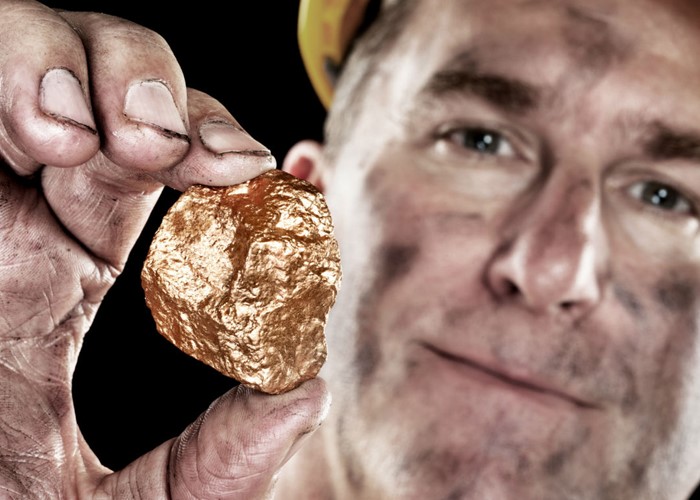Why most pension savers lose

These are the mistakes pension and share ISA savers make that turn tax-advantageous products into under-performers.
When investing for retirement – and this applies to share ISAs as well as pensions – the people who focus on keeping costs down beat the majority of investors who focus more on timing the market or trying to seek higher performance.
You've got to watch the costs
The two 'C's are probably the biggest cause of disappointing pensions (dodgy sales tactics aside). The first of them is costs.
Paying 1% extra in costs each year can give you a big hurdle to overcome, as that seemingly small amount can take an extra third of your gains over 30 years.
You pay annual charges and other annual expenses to funds you're invested in. Some savers pay an up front amount on each of their monthly or lump-sum contributions on top. Make sure you aren't one of them.
Then there are hidden costs from trading. Fund managers use your investment pot – not their annual charges – to pay the costs of buying and selling shares for you. Many funds turn over their portfolios with alarming frequency. The costs of doing so to the investor are usually very well disguised.
On top of that, some investors seek to make up for these costs by paying even more costs. They hire one, two or three layers of management above the fund managers themselves through “fund of funds”, wealth managers and more.
Crowd surfing
Many of those who don't go down the route of multiple extra layers of advice and management – and even some of those who do – suffer from other problems.
With no one to keep your head level, investors tend to lose an extra couple of percentage points per year, on average, by following the crowd (our second 'C'), following the news, and trying to pick funds at the right time.
The extra costs of buying and selling in this way has been estimated to be 2% per year for private investors.
Why costs are so important
Each extra percentage point in costs can easily destroy 25%-35% of your real gains, making it extremely difficult for professionals and amateurs alike to make up the difference. Most can't.
Let's say that your share funds grow at the long-term average of 5.2% per year (according to Credit Suisse's Investment Yearbook/Sourcebook) and the cheapest way to invest costs around 1% per year including dealing costs. So the best you should expect is a 4.2% annual gain:
- With those 1% costs, a £10,000 investment turns into a pot of £33,000 after 30 years, using today's prices. For the maths bods, this might be a bit lower than some of you expect, but that's because the costs will also eat into the inflationary gains, shaving off a bit extra.
- For those people who pay 2% in costs – just one percentage point extra – either because they trade their portfolio of shares or funds once or more per year, or because they pay higher costs to managers, their gains will on average decline by a staggering 35%. As a result their total pots including initial investment will have reduced to just £25,000.
- If you pay another 1% in costs – so a total of 3% – you have paid more than 60% of your gains to middlemen and managers, leaving you with a total pot of £19,000. After 30 years of investing you haven't even doubled your initial investment.
Bin the two 'C's
Most investors have, in all probability, been paying at least 3% per year due to fund charges, expenses, hidden costs, the costs of changing their investments, as well as other costs I haven't had space to mention.
The shocking results of the two 'C's mean that some unlucky investors will do no better than if they had chosen the most boring, lowest-risk savings products imaginable, such as risk-free, inflation-linked savings products, such as National Savings & Investments savings certificates, or inflation-beating Cash ISAs. So you took big risks for the potential rewards of investing, but paid far too high costs for it. For a round up of the best Cash ISAs, check out The best Cash ISAs for the new tax year 2012/13.
Share investing at a low cost is probably the lowest risk way to be fairly confident of ending up with a larger pot of money in the end than if you keep your money in savings, bonds or other assets. Those other assets struggle to beat inflation in the long run, whereas shares are the champion at it – most of the time.
Investing regular amounts for a long time in the cheapest funds, called index trackers, is likely to give you better returns than more than 75% of other funds, and do better than an even higher number of private investors who pick stocks and other investments for themselves.
For more on these cheaper funds, read New top pension for retirement savers and Two simple ways to invest better in shares.
More on pensions and investing:
Structured products are still best avoided
Bonds smash shares
Why peer-to-peer lending is a better way to fund your retirement
Treasury Select Committee: pensioners deserve compensation!
The UK's best Stocks and Shares ISAs
Comments
Be the first to comment
Do you want to comment on this article? You need to be signed in for this feature